After a storm, your roof might appear fine, but hidden damage can lead to serious problems if ignored. Here’s what you need to know:
- Signs of Roof Damage: Missing shingles, dents in gutters, water stains on ceilings, or a musty smell in the attic are common indicators.
- Why Act Quickly: Delaying repairs can lead to water damage, mold growth, higher energy bills, and even voided insurance claims.
- DIY vs. Professional Inspection: While you can spot visible issues from the ground, professionals can detect hidden problems using tools like moisture meters and provide detailed documentation for insurance.
- When to Call a Pro: If you notice leaks, sagging areas, or structural concerns, contact a roofing expert immediately to prevent further damage.
Key Tip: Always document visible damage with photos and schedule a professional inspection after severe weather. Pro-Tech Roofing offers free inspections to help you assess damage and file insurance claims.
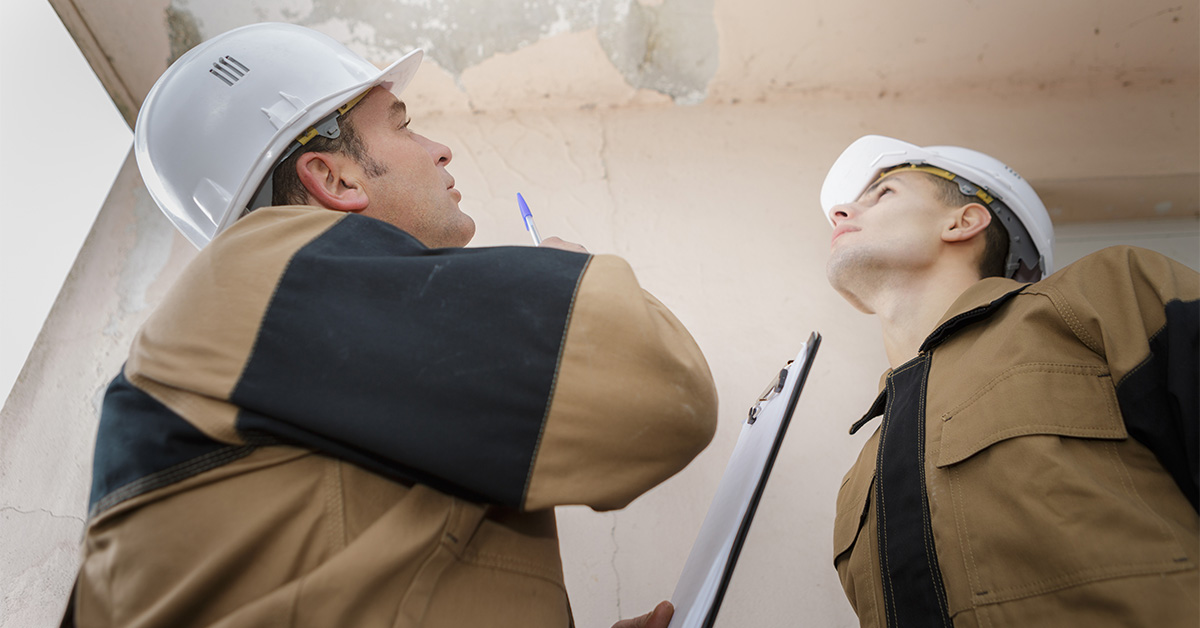
Spot Storm Damage on your Roof | 7 Essential Tips
How to Spot Storm Damage
When a storm passes, acting quickly is crucial to prevent further issues. Here’s how to identify signs of damage to your roof, both outside and inside your home.
Outside Signs of Roof Damage
Start by examining your roof from the ground using binoculars for a closer view. Look for missing, cracked, curled, or shifted shingles – these are telltale signs of storm damage.
Check your gutters for granules. Hail can strip granules from shingles, which not only reduces their lifespan but also compromises their ability to protect your roof. Excess granules in the gutters are a clear indicator.
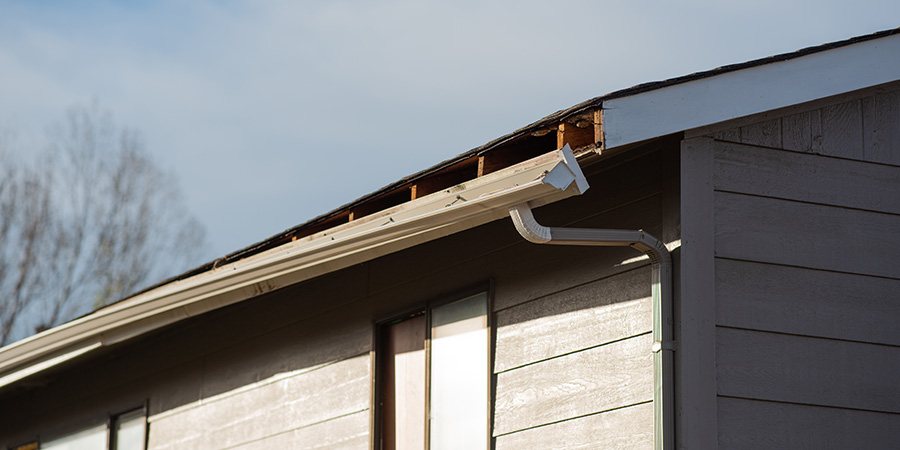
Pay close attention to flashing around chimneys, vents, and skylights. If the flashing is dented, cracked, or loose, it could allow water to seep into your home. Also, inspect gutters for damage such as dents, cracks, or sections that have pulled away from the house.
Debris can also cause significant harm. Even small branches can puncture shingles or damage flashing. Look for scratches, gouges, or areas where protective materials have been worn away.
Once you’ve completed the exterior inspection, it’s time to check for signs of damage inside your home.
Inside Signs of Roof Damage
Interior damage often takes time to show up, so stay vigilant after a storm. Stains on ceilings or walls are one of the most common signs that water has leaked into the drywall. Even small stains can hint at more significant problems lurking behind the surface.
If you notice musty smells or visible mold in your attic, this could mean water has soaked into insulation or wooden framing. Mold – whether black, white, or green – indicates moisture intrusion and needs immediate attention. Left unchecked, mold can spread quickly and cause more extensive damage.
Other signs to watch for include warped or peeling paint, water drips, or standing water in the attic. These issues suggest active leaks that require urgent repairs. If your home has a fireplace, check for moisture, mold, or moss around the fireplace area, as this could signal chimney damage.
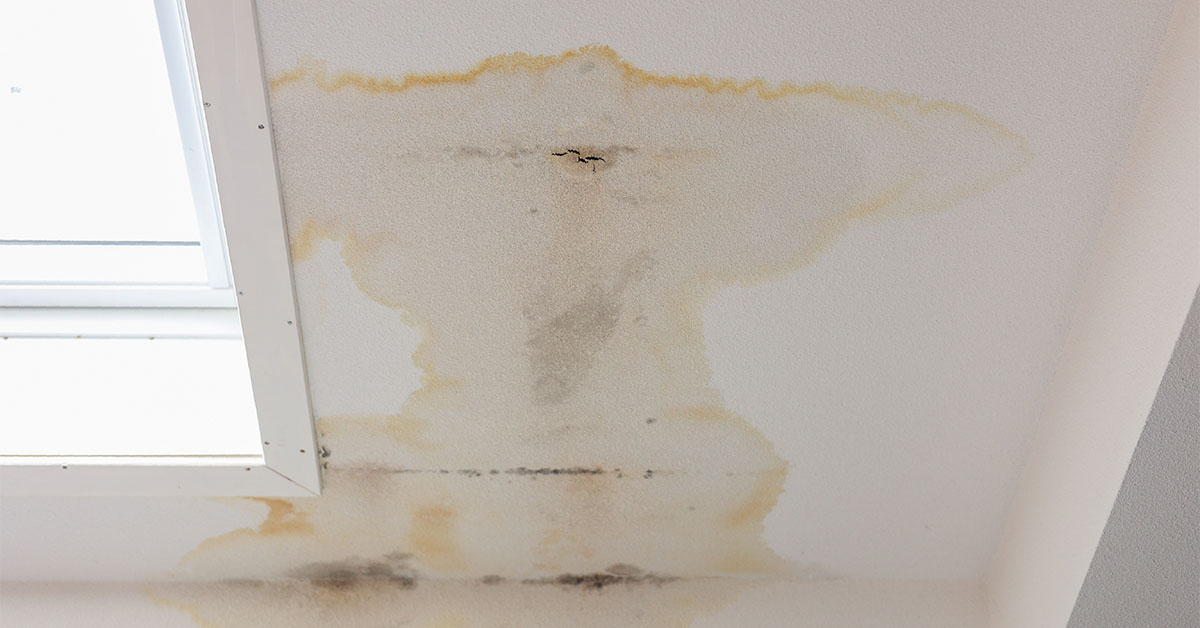
Another red flag is a sudden increase in your energy bills. Wet insulation from roof leaks becomes less effective, forcing your HVAC system to work harder and driving up your utility costs.
Addressing these signs early can save you from costly repairs down the road. However, not all damage is easy to spot.
Hidden Damage You Might Miss
Some damage remains concealed, even after a thorough inspection. Compromised seals around roof penetrations – such as vents, pipes, and satellite dishes – may look fine but can crack or separate during storms, creating entry points for water.
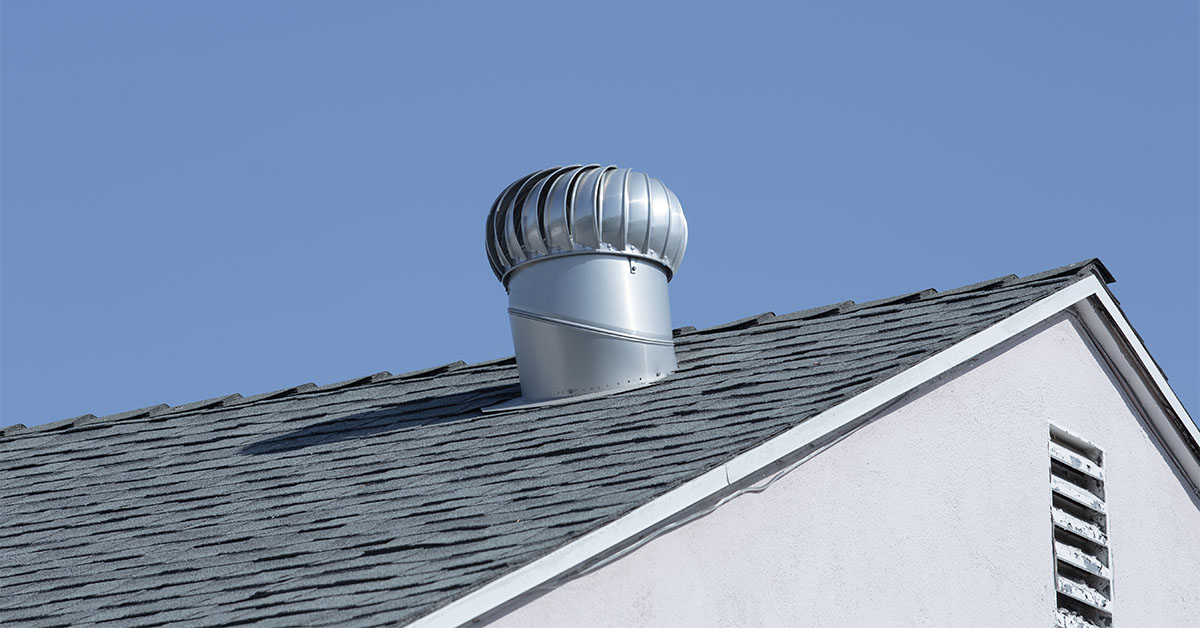
Another hidden issue is damaged underlayment, the protective layer beneath your shingles. Since this layer isn’t visible without removing shingles, its condition often goes unnoticed. Yet, any damage here can lead to widespread water infiltration.
To protect yourself, document any visible damage with photographs. This evidence can be invaluable for insurance claims and helps professionals assess the extent of the damage.
Why Waiting to Fix Your Roof Costs More
Putting off roof repairs might seem like a way to save money, but small problems can quickly spiral into major, costly issues.
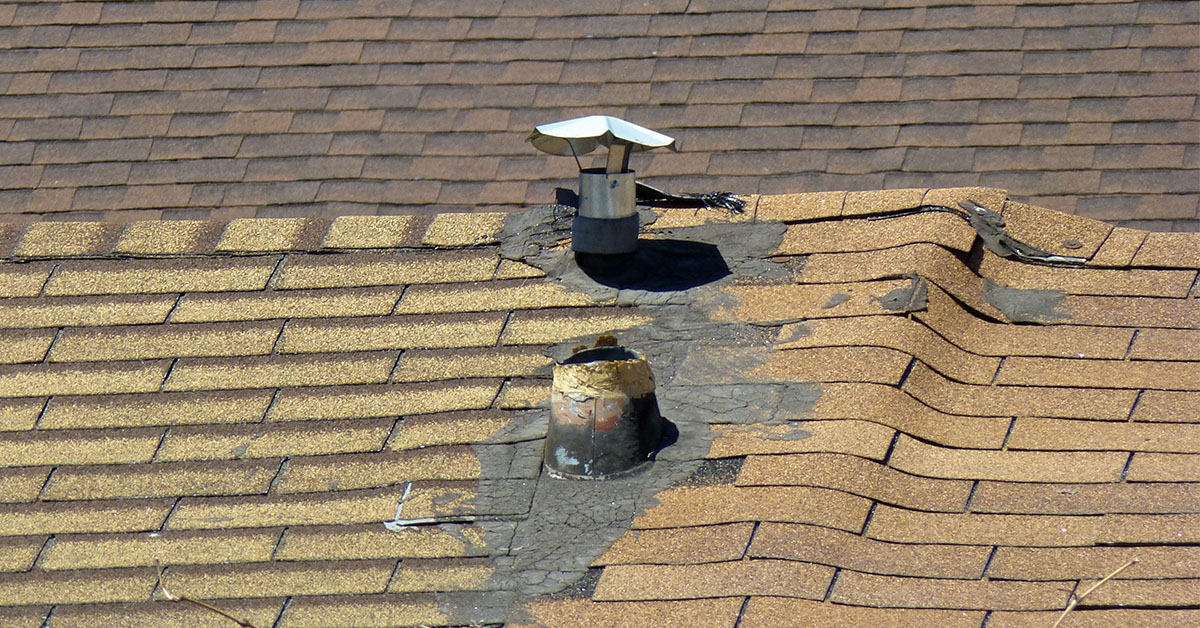
Higher Repair Costs Over Time
A small leak can do more damage than you might think. Water seeps through damaged shingles, spreading to the roof deck and beyond. Over time, this can cause the wooden decking to rot, turning a minor repair into a major structural overhaul. Even seemingly small issues, like damaged flashing around chimneys or skylights, can snowball into widespread damage if left unattended.
Water Damage and Mold Problems
Once water finds its way into your home, the problems multiply. It compromises your insulation, forcing your HVAC system to work harder – and driving up energy bills. Worse, it creates the perfect environment for mold, which can start growing in as little as 24 to 48 hours. Water damage doesn’t stop at the roof; it can spread to ceilings, walls, and even electrical systems, leading to extensive and expensive repairs.
Insurance Claim Problems
Delaying roof repairs can also complicate your insurance coverage. Most insurance companies require regular maintenance to honor claims, and neglecting your roof could leave you footing the bill.
"Insurance policies typically require timely maintenance to cover damage costs. Neglect can result in avoidable out-of-pocket expenses." – Apex Roofing
If you don’t address storm damage promptly, insurers might label your property as high-risk. This could lead to higher premiums, reduced coverage, or even difficulty securing a new policy. When filing a claim, adjusters will assess whether neglect contributed to the damage. If they determine that additional harm occurred because repairs were delayed, they may only cover the original damage, leaving you to pay for the rest.

It’s also worth noting that damage caused by wear and tear or poor maintenance is usually excluded from coverage. On top of that, neglecting maintenance can void your roof’s warranty, removing another layer of financial protection. To safeguard yourself, keep detailed records of all repairs and maintenance. Professional roofing contractors can help with documentation and provide the expertise needed to support your insurance claims.
These risks underscore the importance of acting quickly. A professional evaluation can help you address issues before they escalate, saving you money and stress in the long run.
When You Need a Roofing Professional
If your roof damage goes beyond minor fixes, it’s time to call in a professional. Whether it’s an urgent issue or something less obvious, having an expert assess the situation can save you from bigger problems down the line. Let’s break down when to seek immediate help, when visible signs warrant expert attention, and why hidden damage shouldn’t be ignored.
Emergency Situations That Need Immediate Help
Certain situations, especially after a storm, demand quick action to prevent further damage or safety risks. For example, if water is leaking near electrical fixtures or panels, contact a roofing professional right away. This isn’t just about your roof – it’s about avoiding the dangers of electrocution or potential fires.
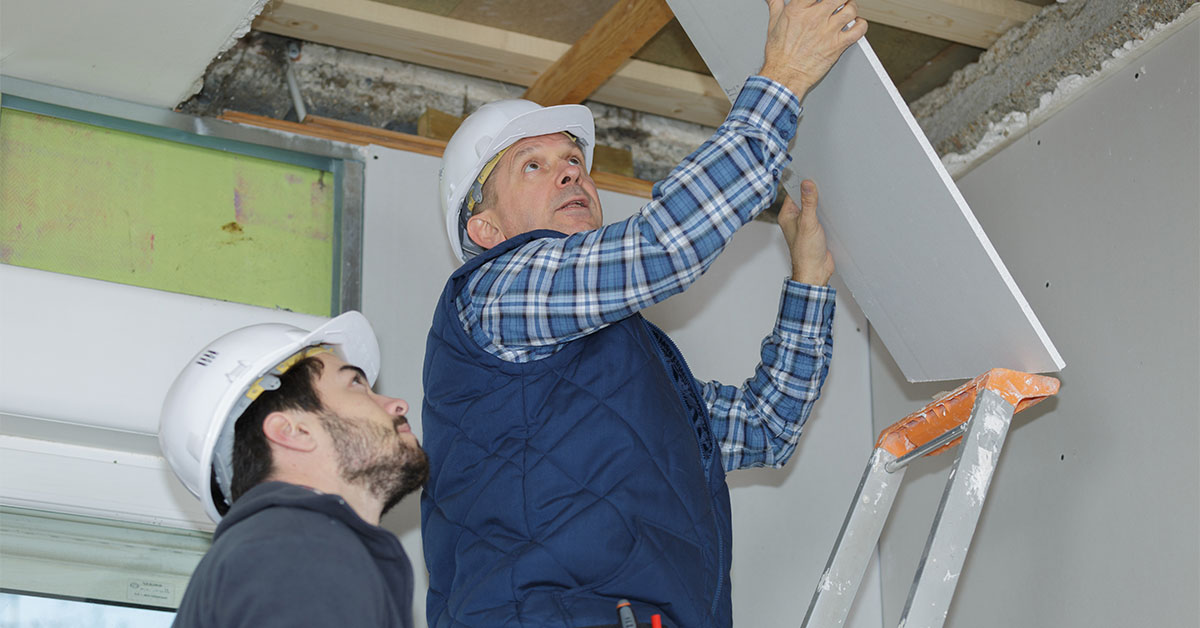
Structural issues are another red flag. If you notice sagging areas on your roof, buckling ceilings, or doors and windows that suddenly stick or won’t close, your home may have sustained structural damage. Excess debris on a compromised roof can add stress and should only be handled by professionals.
Visible holes caused by fallen branches or debris also require immediate attention. Covering these areas quickly can prevent water intrusion, but climbing onto a roof to secure a tarp can be risky. Slippery surfaces and unstable debris make this a job best left to the experts.
Visible Signs That Need Expert Review
Not all damage screams “emergency,” but certain visible signs still require a professional evaluation. For instance, widespread shingle damage after a storm might seem minor when viewed from the ground, but it could indicate deeper issues within your roofing system.
Hail damage is another tricky one. While you might notice dents in gutters or outdoor equipment, hail can also cause subtle bruising on shingles that’s easy to miss without proper training. If left unchecked, this hidden damage can weaken your roof over time and lead to leaks.
Pay attention to loose or damaged flashing around chimneys, skylights, or roof valleys. These areas are critical for keeping water out, and improper repairs can turn a small problem into a much bigger one.
When You Can’t See the Damage
Storm damage isn’t always visible, and hidden issues can be some of the most dangerous. Without the right tools and expertise, it’s nearly impossible for homeowners to safely and accurately assess what’s going on beneath the surface. Professional roofers are equipped to uncover problems that aren’t apparent from a ground-level inspection.
Interior warning signs like water stains, musty odors, or unexpected spikes in energy bills often point to hidden roof damage. If you notice these issues, schedule a professional inspection. These signs could indicate problems that only a trained eye can detect.
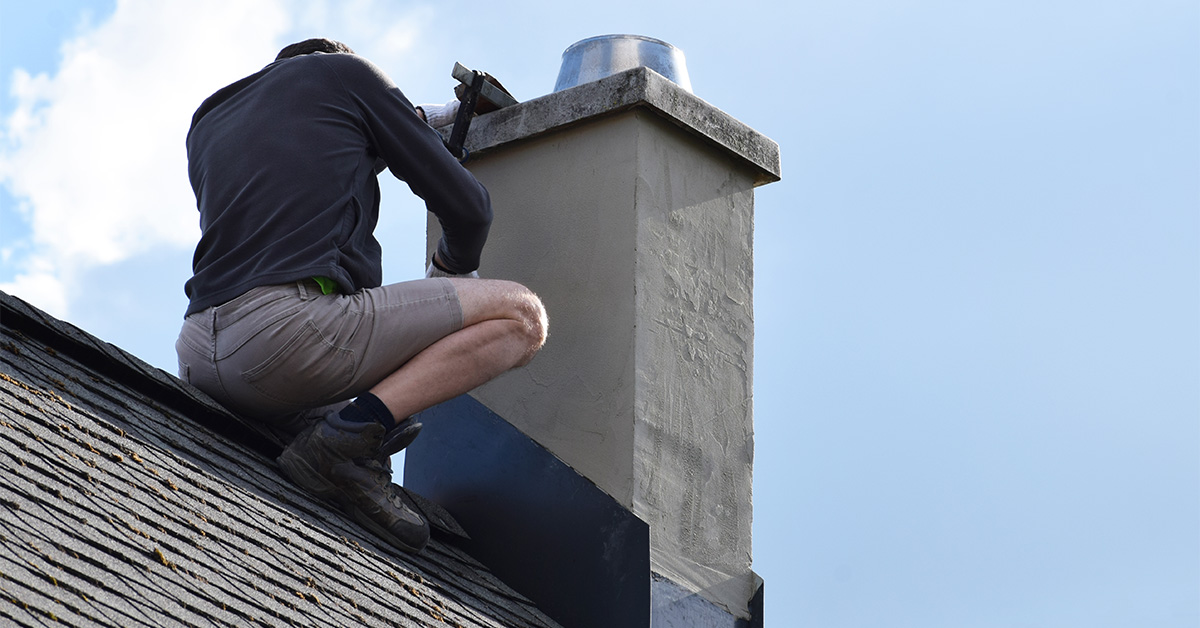
Safety should always come first. While it’s fine to take a look at your roof from the ground, climbing up there yourself can be hazardous and may lead to missed or misidentified issues. DIY inspections can also result in inaccurate documentation, which could complicate insurance claims.
To make things easier, Pro-Tech Roofing offers free roof inspections. Their licensed and insured team can safely identify both visible and hidden problems, provide detailed documentation for insurance purposes, and ensure your roof gets the repairs it needs to stay in top shape.
sbb-itb-66ccccd
DIY Check vs. Professional Roof Inspection
After a storm, deciding whether to inspect your roof yourself or call a professional is an important choice. While a DIY inspection can give you a quick overview, it has its limits. A professional inspection, on the other hand, offers a more detailed and secure evaluation. Let’s break down the key differences so you can make an informed decision.
DIY vs. Professional: What Each Offers
| Feature | DIY Roof Inspection | Professional Roof Inspection |
|---|---|---|
| Safety | Climbing onto a roof, especially after a storm, is risky. Wet or unstable surfaces increase the chance of falls and injuries. Ground-level checks for visible damage are safer. | Professionals use safety gear and have the expertise to navigate all parts of your roof, even in tough conditions. |
| Accuracy | DIY inspections can catch obvious problems like missing shingles or visible leaks, but subtle damage often goes unnoticed. | Professionals are trained to spot both visible and hidden issues using specialized tools and techniques. |
| Thoroughness | DIY checks focus on what’s easy to see and access, often missing deeper structural problems like damaged underlayment or weakened roof decks. | A professional inspection covers every part of the roof, including hard-to-reach areas, ensuring nothing is overlooked. |
| Hidden Damage Detection | Without tools like moisture meters, DIY inspections can’t identify internal issues such as water damage or structural weakening. | Professionals use advanced tools like infrared scanners to detect hidden problems that could cause major issues later. |
| Insurance Documentation | Photos taken from the ground may lack the detail needed for insurance claims, especially if repairs are made before a professional evaluation. | Professional inspectors provide detailed reports and documentation that meet insurance requirements and strengthen your claim. |
| Cost | A DIY check is free, but missed damage could lead to expensive repairs down the line. | Many contractors, like Pro-Tech Roofing, offer free inspections. If paid, costs usually range from $100–$400. |
While DIY inspections can be helpful for spotting obvious issues, they come with limitations and risks.
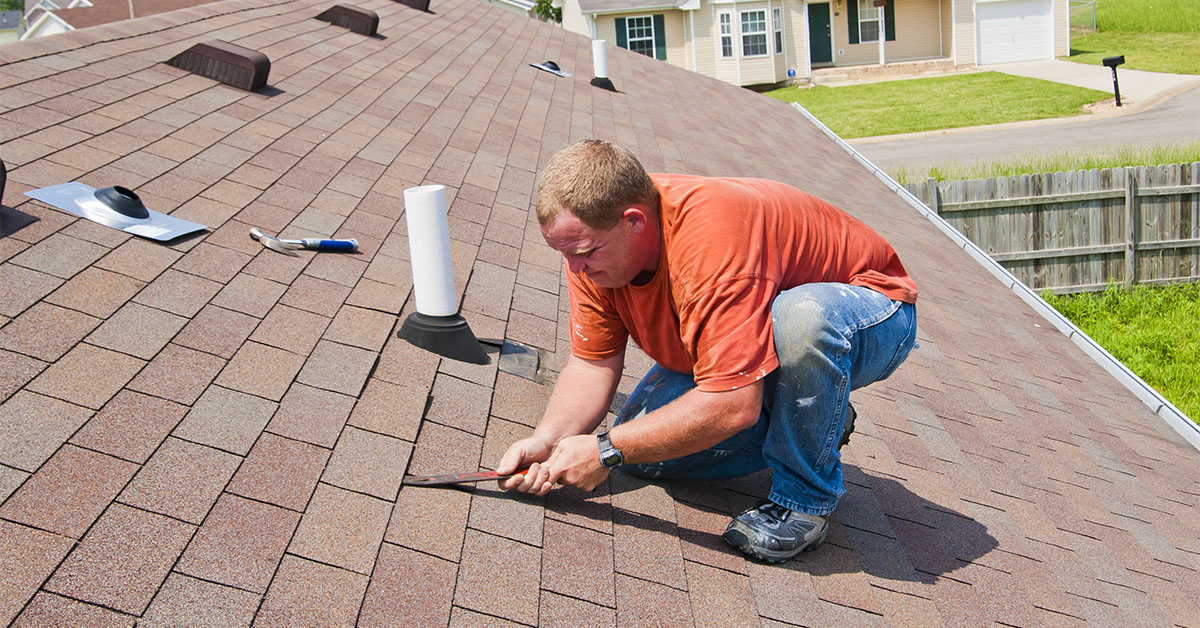
"A basic ground-level inspection is okay, but always bring in a certified professional for a complete assessment."
When inspecting your roof yourself, look for fallen shingles, granule buildup, or other visible signs of damage from the ground. You can also check your attic for water stains or damp insulation. Taking clear photos can be useful for your records. However, for anything beyond a surface-level check, it’s best to call in the experts.
Relying only on a DIY inspection can lead to missed damage, potentially voiding warranties and complicating insurance claims. Structural issues or hidden water damage often go unnoticed without professional tools and expertise.
Professional inspectors have the training and equipment to assess every aspect of your roof, from subtle hail damage to wind-related issues that are invisible from the ground. Their detailed evaluations and thorough documentation can save you money in the long run while providing peace of mind.
For a complete understanding of your roof’s condition, pair your DIY check with a professional inspection. This ensures both safety and accuracy, protecting your home and your investment.
What Happens During a Professional Roof Inspection
A professional roof inspection goes beyond just spotting visible issues – it uncovers hidden damage and ensures your home stays protected. By following a detailed process, experienced inspectors can identify problems that might otherwise go unnoticed.
Complete Roof Assessment
During an inspection, every part of your roof is evaluated, from the visible shingles to the less obvious structural elements. Inspectors often use advanced tools like infrared thermography to detect temperature changes that signal trapped moisture or insulation problems. Moisture meters are also used to find water infiltration before it becomes visible. These tools can even identify granule loss and weakened underlayment.
The process involves checking for cracked or missing shingles, inspecting flashing around chimneys and vents, and examining gutters, downspouts, and the roof deck’s structural integrity. Inspectors also look at attic spaces and interior ceilings for signs of water damage or mold – clues that point to hidden problems.
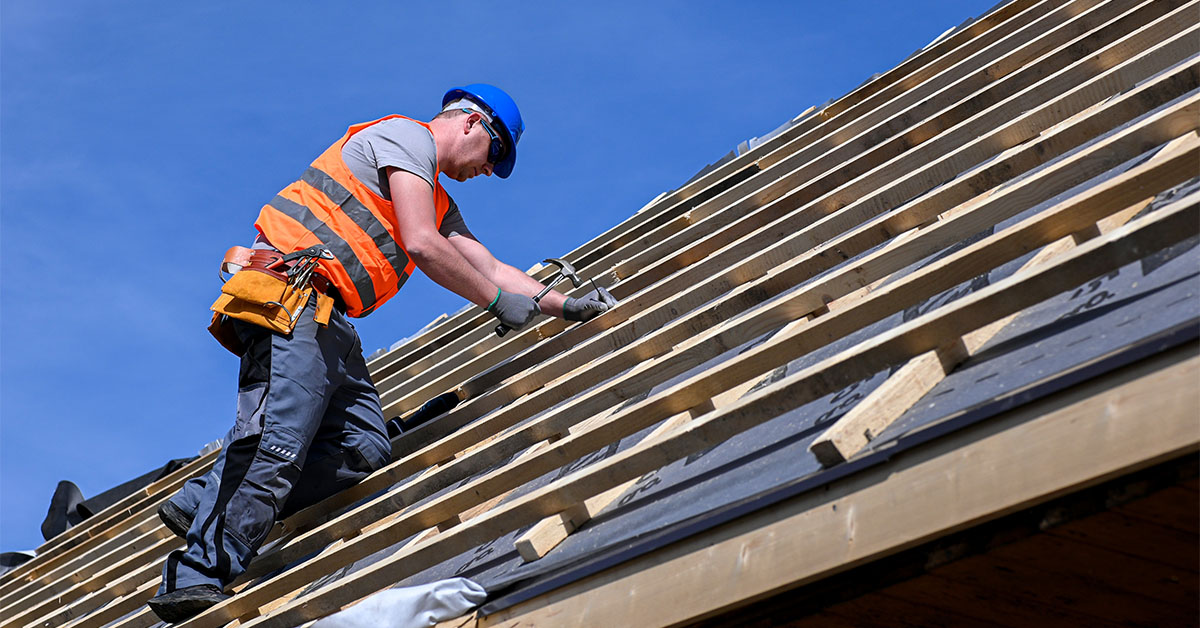
A professional inspection also ensures compliance with building codes. Inspectors can spot outdated installations, poor repairs, or upgrades needed to meet current standards. This is especially important if you’re planning to sell your home or if local codes have recently changed.
Detailed reports, complete with time-stamped photos, are another key benefit. These reports not only strengthen insurance claims but also help meet warranty requirements. For example, many shingle warranties require inspections within 30 days of a storm, and hail damage often needs to be evaluated within 45 days to document the evidence before it fades. This comprehensive approach is a hallmark of services like Pro-Tech Roofing’s free inspections.
Free Inspections by Pro-Tech Roofing
Pro-Tech Roofing offers free, professional roof inspections that provide the same level of detail as those typically costing $150 to $400. Their service includes a full damage assessment, repair recommendations, and assistance with insurance claims – all at no cost to you.
Their detailed reports, which include photo documentation, can significantly improve your chances of a successful insurance claim. In fact, insurers are 82% more likely to approve claims that are backed by professional documentation. Pro-Tech also helps prioritize repairs, provides accurate cost estimates, and guides you through the insurance claim process to ensure you receive the coverage you’re entitled to under your policy.
In addition to documentation and repair planning, professional inspections focus heavily on safety.
Safety and Peace of Mind
One of the biggest advantages of hiring a professional is avoiding personal risk. Each year, over 500,000 people end up in emergency rooms due to roof-related accidents. Professional inspectors use the right safety equipment and follow strict protocols, significantly reducing the risk of injury.
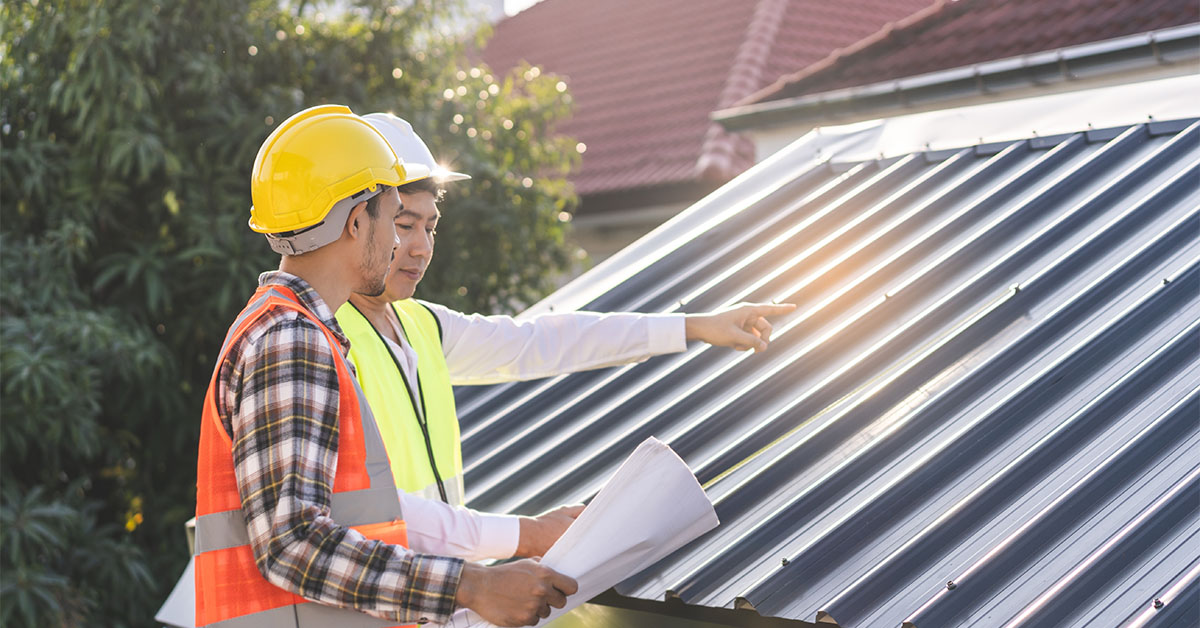 x
x
Their expertise also means they can catch subtle signs of damage that most homeowners might miss. This helps prevent more costly problems down the line. Plus, a certified inspection ensures your warranty remains intact by meeting manufacturer documentation requirements and avoiding the risks of DIY fixes.
Choosing a professional roof inspection isn’t just about spotting damage – it’s about ensuring accuracy, safety, and long-term protection for your home and family.
Conclusion: Protect Your Roof and Your Investment
Your roof plays a critical role in safeguarding your home. Even minor storm damage can lead to serious problems like water leaks, mold, and structural issues if not addressed promptly. On top of that, insurance deadlines often leave little time to delay.
That’s why getting a professional inspection is so important. Experts can uncover hidden issues – like damaged flashing or worn underlayment – that might go unnoticed during a DIY check. Plus, they help you avoid the risks that come with climbing up on your roof yourself.
Pro-Tech Roofing offers free, expert evaluations to give you a clear picture of your roof’s condition. They can also help you document any damage, which is crucial when filing insurance claims. This detailed assessment ensures your claim is supported and helps you take care of repairs before the damage worsens.
Don’t let storm damage drive up costs or put your home at risk. Reach out to Pro-Tech Roofing today for a free professional roof inspection and keep your home protected.
FAQs
How can I tell if my roof has storm damage that isn’t visible from the ground?
Even if your roof looks fine from the ground after a storm, there might be damage lurking beneath the surface. Keep an eye out for subtle clues like shingles losing granules, dents or dings on gutters and vents, or spots on the roof that feel soft or appear to sag. Inside your home, warning signs include water stains on walls or ceilings, unusual humidity in the attic, mold growth, or even a sudden jump in your energy bills. These could all signal hidden damage that’s not immediately visible.
If you notice anything suspicious, it’s a smart move to call in a roofing professional. They can spot issues like tiny cracks, curling shingles, or other damage that might seem minor now but could turn into bigger headaches down the road.
Why should I repair my roof quickly after storm damage, and what could happen if I wait?
When a storm damages your roof, addressing it quickly is crucial to avoid minor problems escalating into serious ones. Waiting too long can result in water leaks, which might lead to mold growth, structural damage, or even issues with your electrical systems. These complications not only pose safety risks but can also drive up repair expenses significantly.
Delaying repairs could also mean losing out on insurance coverage, shortening your roof’s lifespan, and inviting pests into your home. Taking swift action helps safeguard your property, avoid expensive repairs, and preserve its overall value.
Why should I call a professional to inspect my roof after a storm instead of checking it myself?
After a storm, bringing in a professional for a roof inspection is a smart move to catch hidden damage – like cracks, leaks, or even structural problems – that might not be obvious. Experts have the skills and experience to identify issues that the average person might overlook, potentially saving you from expensive repairs later on.
Another big plus? Professionals can provide thorough documentation for insurance claims, which can improve your chances of getting the reimbursement you deserve. While it might be tempting to inspect the roof yourself, DIY efforts often miss key problems and could even lead to unsafe situations or higher repair costs. For both safety and long-term savings, a professional inspection is the way to go.
